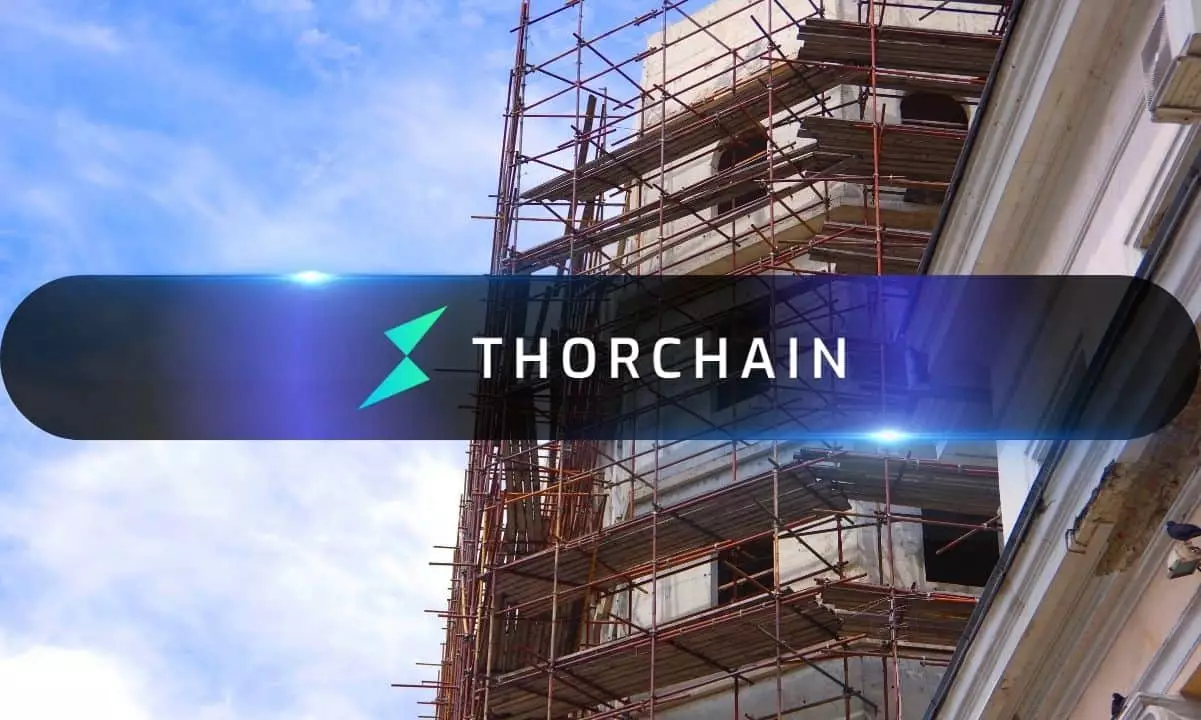THORChain has faced significant challenges lately, facing a daunting debt scenario that has left its finances in a precarious position, amounting to nearly $200 million in obligations. In response, the governance community has approved Proposal 6, marking a crucial step in its recovery strategy. This proposal is not merely a band-aid solution; it is a calculated effort to transform defaulted debt into equity, thereby paving the way for a more sustainable future for the decentralized liquidity protocol. By converting this debt into TCY (Thorchain Yield) equity tokens, THORChain aims to avoid the complexities and potential pitfalls associated with private fundraising, leveraging instead the resources already available within its treasury to facilitate a recovery process.
Minting TCY Tokens and User Incentives
Under the newly approved framework, the proposal outlines the minting of 200 million TCY tokens that will be distributed directly to the users affected by the defaulted debts. This one-to-one distribution plan—where each dollar of defaulted debt equates to one TCY token—ensures that users have a stake in the future of THORChain. An appealing feature of these tokens is their entitlement to 10% of protocol fees indefinitely, creating a long-term incentive that aligns the interests of liquidity providers and users alike. By fostering this kind of alignment, THORChain hopes to stabilize its ecosystem and encourage deeper community engagement.
Price Stability Measures and Liquidity Nodes
Additionally, the proposal sets forth the establishment of a shallow RUNE/TCY liquidity pool, with an initial pricing mechanism of $0.10 per TCY. The allocation of $5 million from treasury funds for strategic buybacks over the course of ten weeks aims to instigate a more stable price discovery process for these new tokens. Furthermore, the introduction of Liquidity Nodes is set to enhance capital efficiency, allowing the protocol to offset any forfeited fees. This approach not only strengthens governance participation for liquidity providers but also serves as a mechanism to promote financial prudence in a time of instability.
The recent decision to temporarily suspend THORFi services on January 23rd due to financial instability highlights the gravity of THORChain’s situation. Although trading activities were not severely impacted, lending services were halted to prioritize a restructuring process overseen by validator nodes. This pause essentially provided the community with an opportunity to devise independent recovery plans. The collaboration and participation of community members were pivotal during this restructuring phase, whereby eight independent proposals were reviewed and voted on by Node Operators.
Despite these promising restructuring efforts, the native token RUNE has not fared well in the market, suffering a continuous decline since early December. Following the suspension of THORFi services, RUNE witnessed a dramatic plunge, shedding nearly 80% of its value within a month and currently trading at approximately $1.21. While the strategic measures implemented may show signs of hope for a turnaround, the journey ahead requires vigilance and sustained effort to restore confidence among users and investors alike.
While the approved restructuring proposal lays a foundation for recovery, THORChain must navigate the turbulent waters of the crypto market with resilience and a commitment to transparency. The community’s active involvement and the innovative nature of the governance solutions will play a crucial role in determining the protocol’s ability to emerge from this crisis stronger than before.
















Leave a Reply